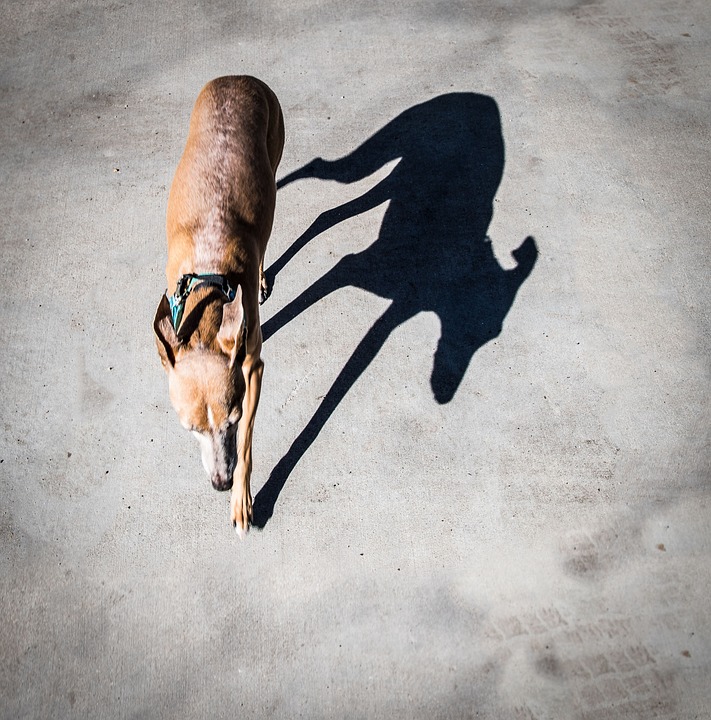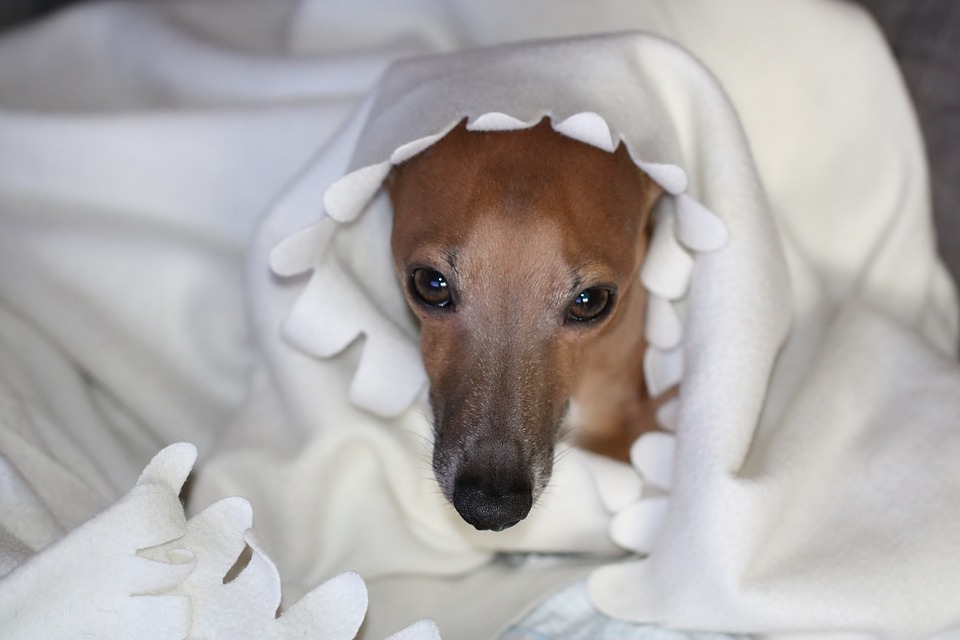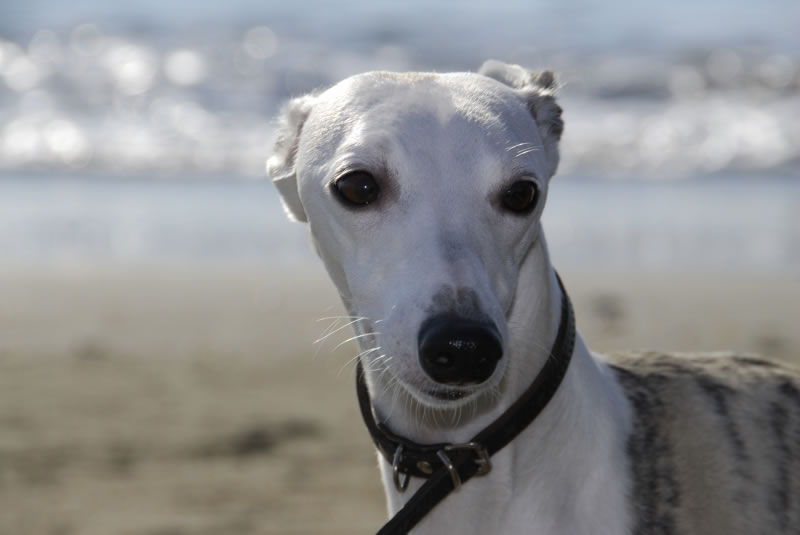
Italian Greyhound
History of the Breed:
The Italian Greyhound, also known as the Piccolo Levriero Italiano, is an ancient breed with a history that can be traced back over 2,000 years. Originating in the Mediterranean region, particularly in ancient Greece and Rome, Italian Greyhounds were cherished by nobility and aristocracy for their elegance, grace, and companionship. They were often depicted in art and literature throughout history, symbolizing refinement and luxury.
Physical Characteristics:.

Italian Greyhounds are small, slender dogs with a graceful and athletic build. They typically stand between 13 to 15 inches tall at the shoulder and weigh around 7 to 14 pounds. Despite their delicate appearance, they are sturdy and agile dogs with a deep chest, long legs, and a sleek, fine-boned body. They have a short, smooth coat that comes in various colors, including fawn, blue, black, and white.
Health and Basic Care:
Italian Greyhounds are generally healthy dogs with a lifespan of around 12 to 15 years. However, they may be prone to certain health issues such as dental problems, luxating patella, hip dysplasia, and progressive retinal atrophy (PRA). Regular veterinary check-ups, a balanced diet, exercise, dental care, grooming, and parasite prevention are essential for maintaining their health and well-being.
Temperament and Personality:

Italian Greyhounds are affectionate, gentle, and sensitive dogs that form strong bonds with their families. They are loyal and devoted companions that thrive on human companionship and attention. Despite their small size, they have a playful and energetic personality, enjoying activities such as running, playing, and cuddling with their loved ones.
Training and Socialization:
Italian Greyhounds are intelligent and eager to please, making them relatively easy to train with positive reinforcement techniques such as treats, praise, and rewards. Early socialization with people, other animals, and different environments is important to help them develop into well-rounded and well-behaved dogs. They may be sensitive to harsh training methods, so patience and consistency are key.
Nutrition:
A balanced diet tailored to their size, age, and activity level is essential for Italian Greyhounds’ health and well-being. Feeding them high-quality dog food formulated for small breeds will provide them with the nutrients they need to thrive. Portion control is important to prevent obesity, which can lead to health issues, and fresh water should always be available.
Suitable Environment:

Italian Greyhounds are well-suited to various living situations, including apartments, houses, and urban environments. They are adaptable dogs that can thrive in both indoor and outdoor settings, but they prefer to be close to their families. They may be sensitive to cold temperatures, so they should have access to warmth and shelter during cooler weather.
Frequently Asked Questions:
How big do Italian Greyhounds get?
- Italian Greyhounds typically stand between 13 to 15 inches tall at the shoulder and weigh around 7 to 14 pounds when fully grown.
Are Italian Greyhounds dangerous?
- No, Italian Greyhounds are not inherently dangerous dogs. They are gentle, affectionate, and loyal companions that are well-suited for families and individuals alike.
Is an Italian Greyhound a good pet?
- Yes, Italian Greyhounds make excellent pets for families, singles, and seniors alike. They are affectionate, loyal, and playful dogs that thrive on human companionship and make loving companions.
Do Italian Greyhounds bark a lot?
- Italian Greyhounds may bark occasionally to alert their owners to visitors or other stimuli, but they are not known as excessive barkers. Proper training and socialization can help manage their barking behavior.
Can Italian Greyhounds be left alone?
- Italian Greyhounds may be able to be left alone for short periods, but they thrive on companionship and may become anxious or bored if left alone for extended periods. They prefer to be close to their families and may benefit from having a companion or a pet sitter when left alone.
Are Italian Greyhounds high maintenance?
- Italian Greyhounds have short coats that require minimal grooming, but they may be prone to certain health issues that require regular veterinary care. They also need regular exercise, mental stimulation, and attention to their health and well-being.
Are Italian Greyhounds hypoallergenic?
- While no dog breed is completely hypoallergenic, Italian Greyhounds are considered a low-shedding breed with minimal dander, making them suitable for some allergy sufferers. Individuals with allergies should spend time with an Italian Greyhound before bringing one into their home to ensure they do not trigger allergic reactions.
How often do you bathe an Italian Greyhound?
- Italian Greyhounds do not require frequent baths unless they get dirty or smelly. Generally, bathing them every 4 to 6 weeks is sufficient to keep their coat clean and healthy. Over-bathing can strip their skin of natural oils, so it’s important not to bathe them too frequently.
